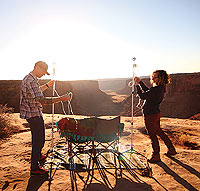
Moab Mobile iV is a local veteran owned business that serves the community and visitors by providing mobile iV therapy. The owners Brittany and Glen have strong ties to the Veteran community. Glen served in the U.S.M.C as an infantryman and member of a Scout Sniper platoon. Brittany his wife and co-ower of Moab Mobile iV also works as a nurse at the VA hospital in Grand Junction, Colorado. This Memorial Day weekend, the two will be headed to Twin Falls, Idaho to help raise awareness and funds for a Veteran focused non-profit called 22 Jumps.
As the name 22 Jumps implies, Brittany will be making 22 BASE jumps in one day from the 486 foot tall Perrine bridge. Not only will she be jumping 22 times, but she will be hiking almost 11,000 vertical feet out of the Snake River Gorge.
The non-profit 22 Jumps Parachuting with Purpose is BASE jumps to raise awareness for Veteran suicide prevention and traumatic brain injury research. The number 22 is symbolic in that on average 22 veterans commit suicide daily, a large number of these veterans have had traumatic brain injuries.
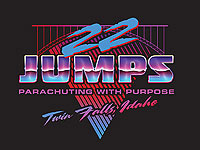 Serving in the Marines was a formative experience for Glen. He made many life long friends during his service. One of them was a team leader from his sniper platoon and founder of 22 Jumps named Tristian. Glen remembers the day that this Marine’s brother (who was also a Marine) was severely wounded in combat and in turn suffered a TBI. Serving in the Marines was a formative experience for Glen. He made many life long friends during his service. One of them was a team leader from his sniper platoon and founder of 22 Jumps named Tristian. Glen remembers the day that this Marine’s brother (who was also a Marine) was severely wounded in combat and in turn suffered a TBI.
“I remember that we were in training, preparing for a deployment when the higher ups came to tell my friend that his brother was wounded. I hadn’t deployed yet, and this was one of the first touches with the reality of what we were doing. This one event would follow us for years. It changed my friends life, and his families. My friends brother never healed from this injury and committed suicide due to it.” -Glen
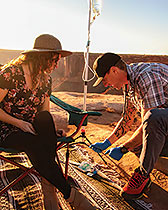
“Being a health care provider with the VA, it is obvious that both TBI and suicidal ideation are a health crisis within the Veteran community. When Glen’s former Marine teammate started this non-profit I knew I wanted to do my part.”- Brittany
The same adventurous personality traits that pulled Glen and his friends to join the Marines also found many of them learning how to BASE jump when they got out.
“It's not about the adrenalin, it's about doing something.
It's as dangerous as jumping off a bridge but doing it right. Doing the training skydiving, mitigating the risks and managing the variables, then executing as perfectly as possible. It's about making it sustainable and repeatable. It's about the camaraderie and community. 4 of us from that small sniper platoon are now BASE jumpers including the founder of 22 jumps. -Glen
Brittany has a similar drive for adventure and is a BASE jumper herself. In fact, she is going to be the Jumper completing the 22 jumps.
Glen will be the safety coordinator and hype man. There will also be a team of parachute packers, gear carriers, and cheerleaders.
“It’s all about community. It's a big reason we started Moab Mobile iV. We saw it as a way to use the skills we have to support our community by providing iv therapy. This event is similar. I am a BASE jumper, my husband is a veteran, and we are Americans. We enjoy our freedom because of our veterans. We need to support them after they have served. I have seen TBI and suicide first hand and if BASE jumping can bring awareness to this, I am happy to help.”- Brittany.
To learn more about Moab Mobile iV please visit there website at www.MoabMobileiv.com you can find links to their email and social media.
You can also find out more about 22 Jumps and make a donation on their website www.22Jumps.org and be sure to mention you read about it in the Moab happenings.
|
Harm reduction has entered the Zeitgeist! Even though this term has been around since the 1980s, it is finally becoming a concept more and more people are familiar with. Those involved in caring for and treating people who engage in habitual, high-risk behaviors of substance use and addiction, know there’s no amount of negotiating, begging, pleading, or threatening that will change a person’s end action. From this basic truth, harm reduction was born.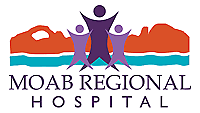
Harm reduction means meeting someone where they are and helping negotiate the inevitable outcomes of their decisions. It means increased acceptance toward risky behaviors and finding strategic ways to reduce the associated damages through the core principles of realism, flexibility, pragmatism, and social justice.
Classically, harm reduction interventions have focused on substance using populations due the inherent harms involved. IV drug use, for example, is associated with many infectious diseases because needles may be shared or re-used. Safe needle exchanges, a type of harm reduction program, were created to give individuals who use IV drugs access to sterile needles. These programs also reduce the risk that needles will be shared, reused, or left in unsafe places. As a result, morbidity and death associated with infectious diseases like Hepatitis C and HIV and the cost of treating them have dropped significantly for health systems and communities using needle exchange programs.
Harm reduction philosophy can be applied to non-substance using people as well. We all engage in activities that have the potential for some threat. As an example, many of us wear seatbelts when driving. Wearing a seatbelt doesn’t stop us from getting into accidents, but it does reduce the threat of physical injury.
Of course, some activities go against social norms and as a result, carry more stigma. With this in mind, harm reduction has been growing as a mainstay of addiction care because it also helps fight stigma by allowing people to make their own decisions without judgement. It provides an access point for care and an intervention point for healthcare providers to introduce treatment. Harm reduction keeps people who might avoid treatment engaged in care by allowing them to participate more openly and find aspects of care that work for them.
Allowing those struggling with ambivalence about their behaviors to make their own decisions and empowering them to do so more safely can provide essential and lifesaving time for them. Addiction is not a moral failing – it is a biological and behavioral disease that responds to treatment just like diabetes and high blood pressure. Moreover, hope exists for healing as long as a person can be kept alive.
Nevertheless, because of social stigma, many people may misunderstand what harm reduction is intended to do. It should be understood that harm reduction does not advocate for drug use. In fact, in communities using harm reduction methods, drug use and crime rates both decline. The economic and legal benefits for communities that embrace harm reduction are well established and easily evidenced. And, programs that enhance education and emphasize social interaction are more effective.
As our new Recovery Center opens in June 2022, Moab Regional Hospital will engage in general harm reductionist philosophy to ensure an unbiased access point for care. The new Recovery Center will have strong, evidenced based standards, which include harm reduction as both a clinic culture and a form of treatment.
If you or your loved ones need support, education, or resources for substance use and addiction, please contact us at 435-719-3970. The Recovery Center will have Narcan and harm reduction kits available for anyone who asks.
Save the date, Friday, May 20th, Recovery Center Ribbon Cutting Ceremony and Open House. Noon to 3pm. Food & Drink provided.
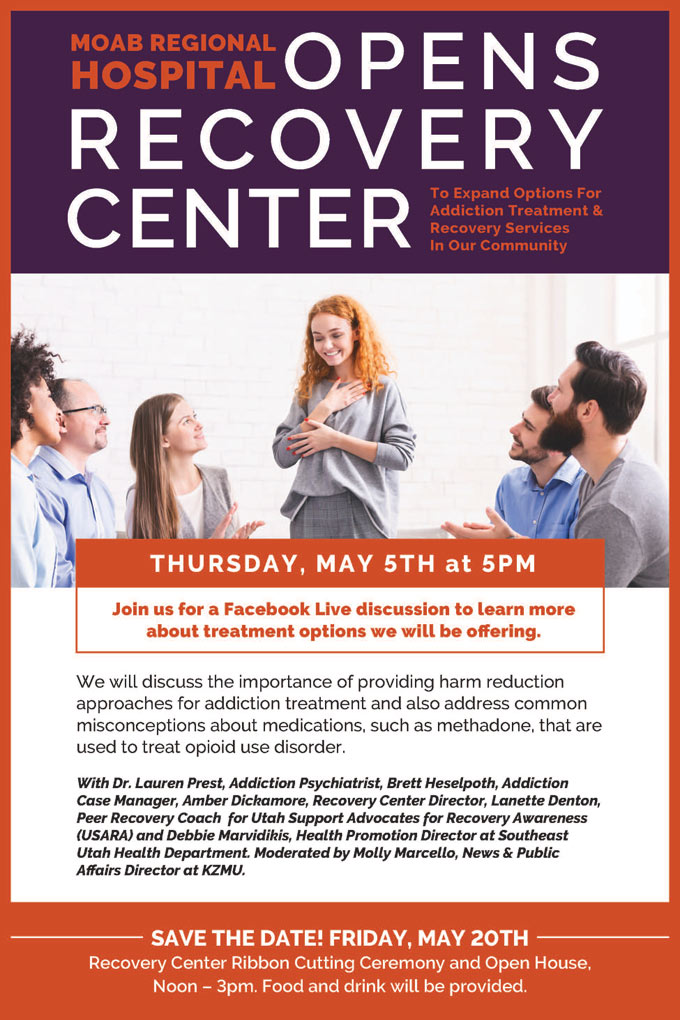
|